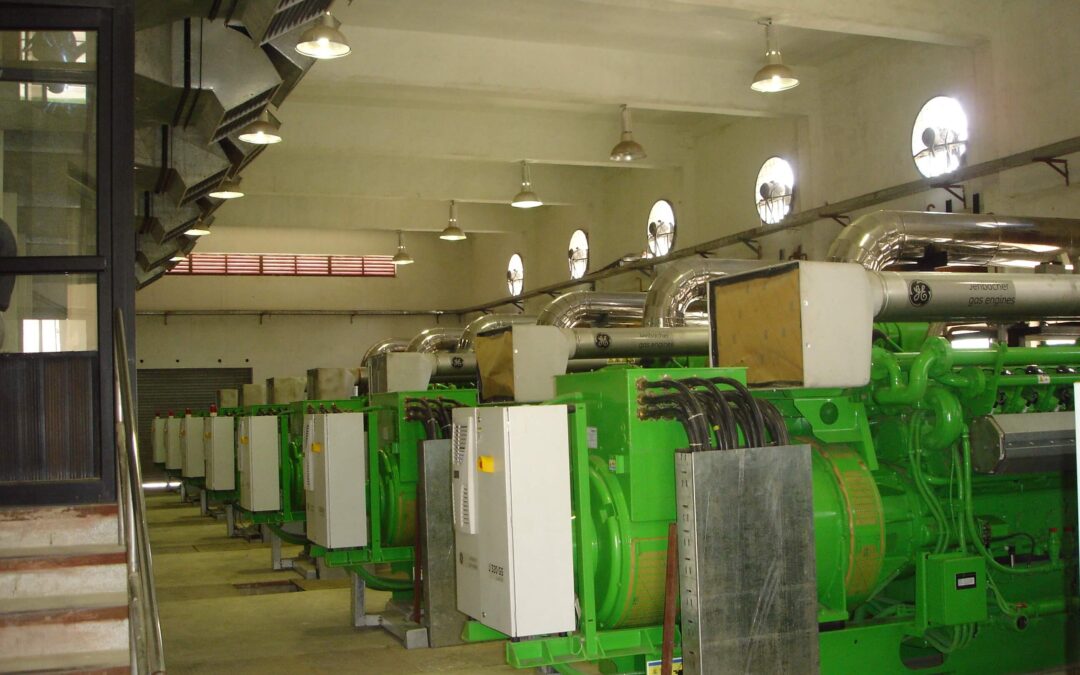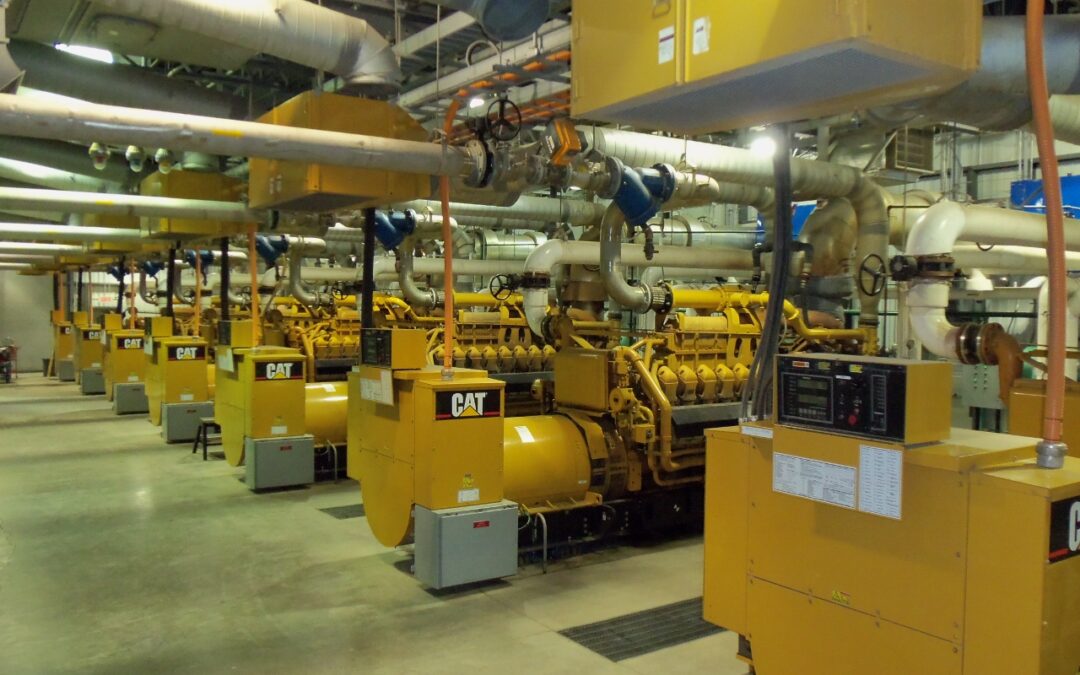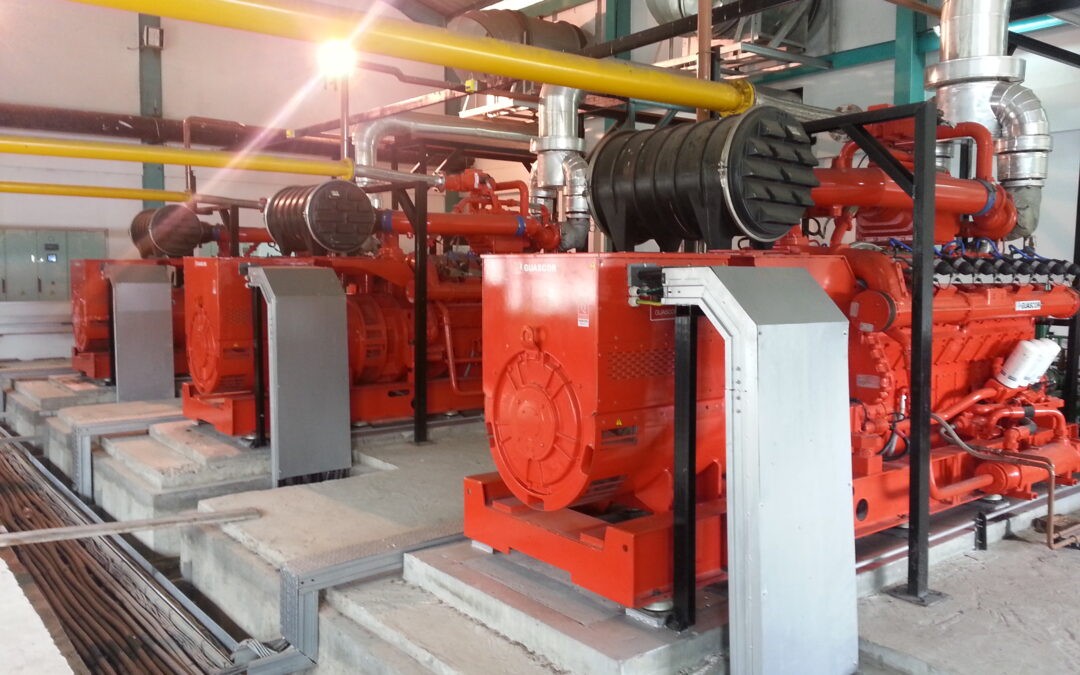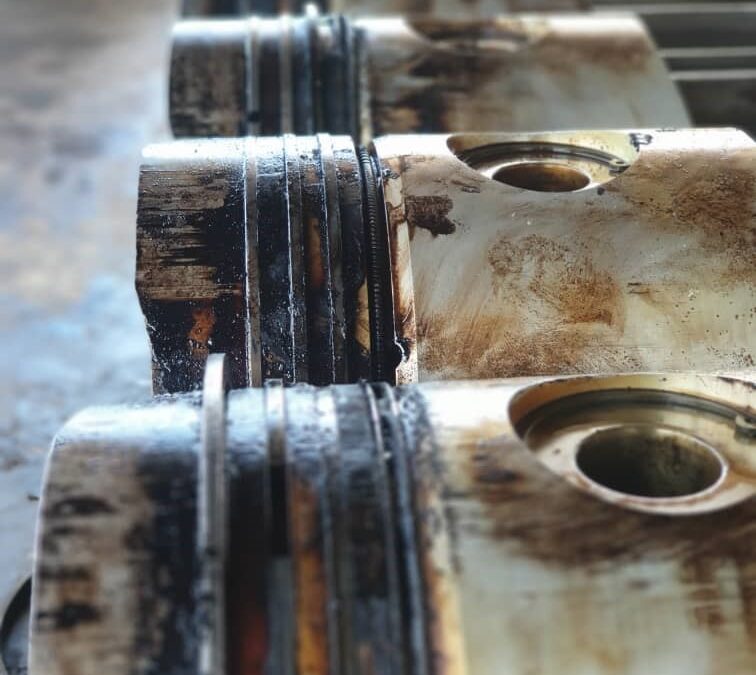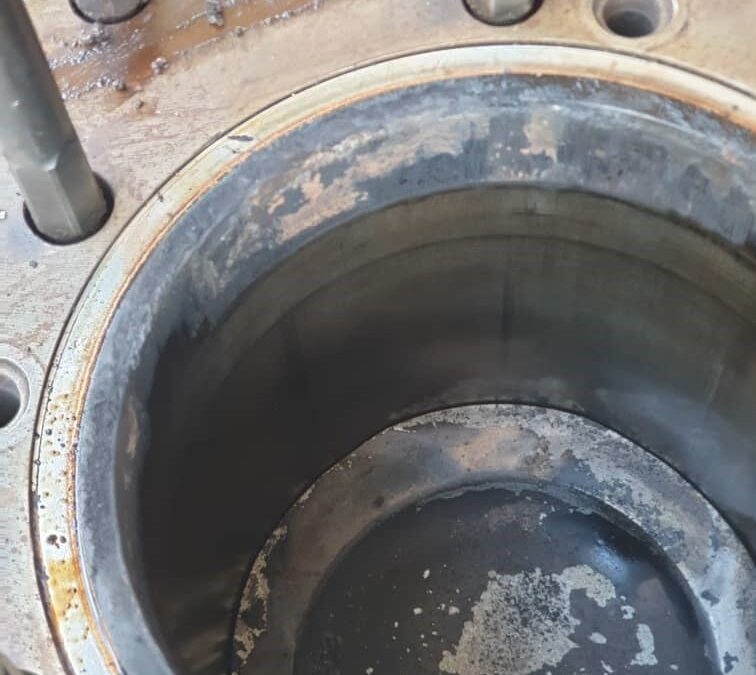H2S removal
Why removal of H2S is mandatory
The corrosion will literally reduce the lifetime of the downstream equipment by years! This is why gas engine manufacturers require that H2S in the clean gas must not exceed 50-250 ppm. Otherwise, the operating costs for change of engine oil, spark plugs and other maintenance will increase significantly. Furthermore, there will be high costs for repairs and income lost during overhauls and break downs.
Air quality standards are another driver for H2S removal. Combustion of un-cleaned biogas will result in sulfur dioxide (SO2) emissions which causes serious odor problems as well as acid rain. Also health and safety standards require H2S removal as H2S is toxic even in small concentrations.
In upgrading projects the biogas is converted to biomethane or Renewable Natural Gas (RNG) by separating the CO2 from CH4. When the biogas is upgraded with amine or water scrubbing the H2S will follow the CO2 stream. Before releasing the CO2 into the atmosphere the H2S has to be removed typically to below 5 ppm.
We look forward to meeting you!
Please contact us if you need an efficient solution for desulfurization or methanation of biogas or CO2. We can help you for any flow of biogas or CO2 flow and H2S load no matter if your project is greenfield or refurbishment of an existing plant. We will be happy to share our experience with you and find an optimal solution for your needs.
Thomas Bøgner
Sales Director
.
Ho Vooi Toc
Sales Manager Asia
.
Wyatt Bishop
North America Sales Manager
Sookjai Piyakapho
Service Manager, Asia
.
Jaris Juul-Jørgensen
Team Lead for Service in Europe and the USA
